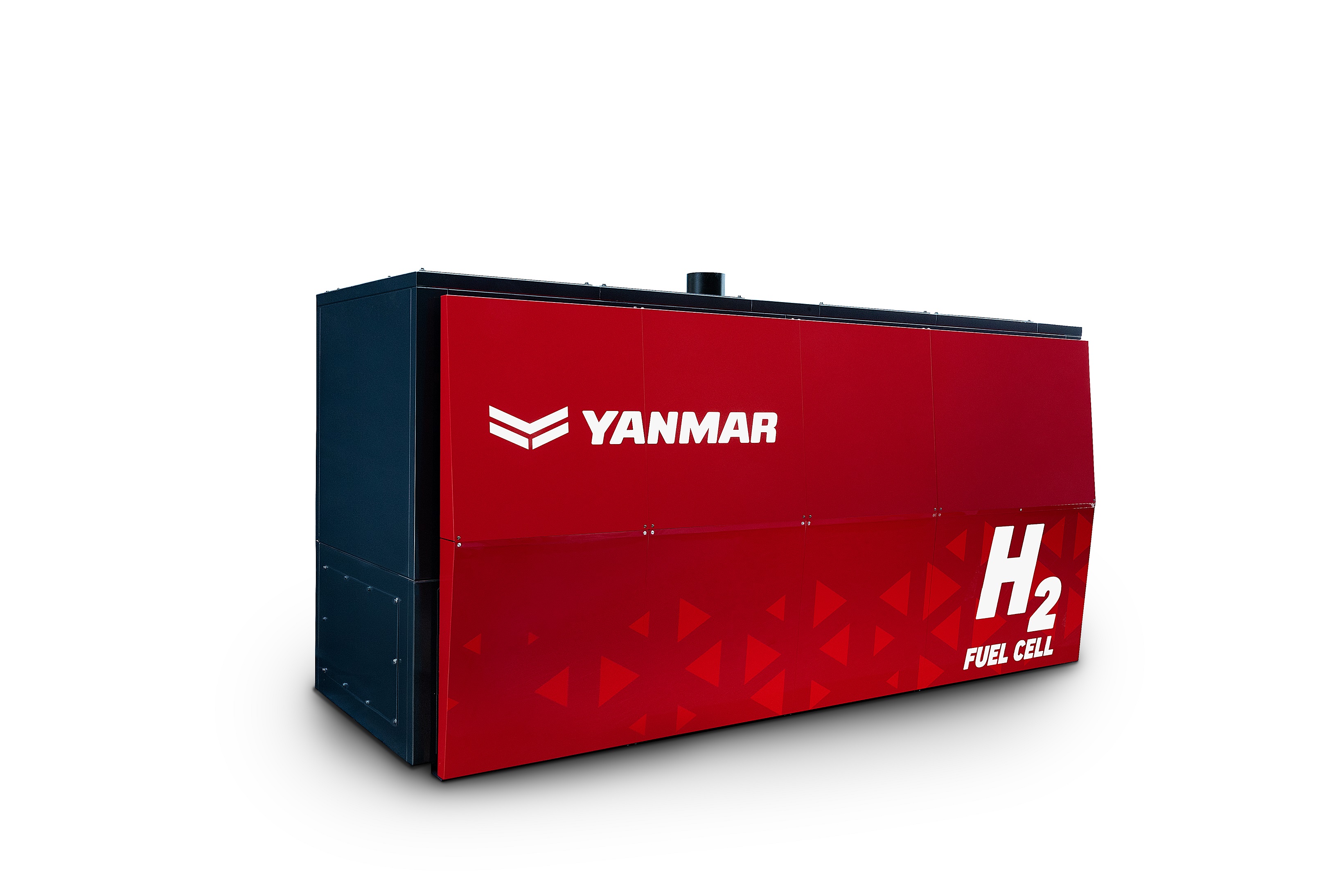Injection molding is a high-end manufacturing process, especially for large production of plastic materials. Despite its efficiency and high possibility of producing quality items in terms of strength and appearance, this process has its flaws. One of these flaws is stress marks on the final product.
Stress marks on injection molded parts can be a huge headache to you as a manufacturer because finding the correct strategies to reduce them is a big challenge. Do not worry though; you have come to the right place.
This article will take away the stress of perusing through hundreds of web content in search of effective stress reduction techniques. Let’s get started!
The Science of Stress in Injection Molding
In order to understand the stress on injection molded products better, you need to be well-versed in what happens to the polymer in the injection molding process. Normally, a polymer is a long-chained molecular component. Polymer molecules are entangled together which makes them form crystalline regions on semi-crystalline resins.
In amorphous and semi-crystalline resins, the molecular chains can move freely around each other when the free volume between the chains is increased by heating the material. Heating the polymer imparts the shear stress on the molecular chains thus causing the polymer to flow.
With further heating to increase the shear rate, the viscosity continues to drop until the molecules become fully aligned. Once aligned, the molecules remain at a constant rate even with a further increase in shear rate. This phenomenon is referred to as the Upper Newtonian plateau.
Injection molding utilizes this shear-thinning behavior to make the polymer flow through the mold. However, you need to take the pressure into consideration as it affects cavity-filling speeds.
Common Stress-Induced Defects in Molded Parts
Due to the high pressure and temperature gradients during injection molding, residual stresses are locked in the material. Tensile residual stresses can be large enough to cause component distortion or cracking. They can also cause stress corrosion cracking and reduce the reliability of components.
There are various defects related to stress in injection molding parts. These defects include sink marks, warpage, cracking, and premature failure.
1. Sink Marks
Sink marks are depressions or indentations on the surface of an injection-molded part that are caused by variations in the cooling rate of the plastic material. These variations can result in uneven shrinkage and warpage of the part.
Sink marks can occur in thick sections of the part where the cooling rate is slower, and are more likely to occur when using materials with high levels of filler or reinforcement.
2. Warpage
Warpage in injection molding is a common challenge faced by manufacturers. Warpage refers to the distortion or deformation of a molded plastic part, often caused during its cooling process in the injection molding cycle. This can cause parts to fold, bend, twist, or bow, leading to potential complications in final product assembly.
When it comes to warpage in plastic injection molding, There are three primary causes of plastic injection molding warpage: cooling rate, cavity pressure & fill Rate. However, there are other factors that can cause such warpage problems such as gate size, gate location, and product design.
3. Cracking
Cracks are a common defect in plastic injection molded products. The main causes of cracks are stress and deformation; mainly including residual stress, external stress, and product deformation caused by the external environment.
Cracks from residue stress are mainly caused by overfilling, product ejection, and metal inserts. On the other hand, cracks from external stress are as a result of inappropriate design, especially the sharp corners.
Additionally, external environmental factors such as chemicals, water degradation, and excessive application of recycled materials with degraded physical properties can cause cracks.
4. Premature Failure
An injection-molded part is only as good as the mold that produces it. If a mold prematurely fails during production, it’s bad news for the molder who loses valuable production time.
Premature failure in injection molds is usually a result of selected material, heat treatment, mold design, and location of the highest loads on the mold during production. It can be in the form of part fractures, microcracking, and corrosion.
Design Principles for Stress Reduction
The injection molding process, when compared to other manufacturing methods, can often be more cost-effective and still exhibit a wide array of advanced material properties. Designing your part is critical to realizing optimum performance and cost-effectiveness.
Plastic melt flows into the area of least resistance. Sharp corners or angle changes impede this flow. These abrupt geometries can cause the cavity to not fill or pack properly, creating a part with defects.
That said, the corners should have a curve versus an angle. The radius should be consistent on the inside and outside of the wall creating a uniform thickness. By using this design, the material will be able to flow throughout the cavity.
Smooth transitions make molded parts stronger by distributing any stress on the corner over a broader area on the part. In other words, there is more plastic material to absorb the load.
Fillets and Rounds in Injection Molding
Fillets and rounds (corner radii) are two ways to design the edges where two surfaces of a part meet. Both fillets and rounds are used to ease sharp edges and corners. A round replaces the sharp change in direction with an angled slope, while a fillet makes a smooth curve to join two surfaces.
Fillets reduce stress concentration at corners or changes of sections because they transmit applied stresses across larger surface areas. While fillets are more difficult to manufacture than rounds, they reduce overall stress concentration throughout the corner region more than rounds and therefore result in more durable parts.
Nonetheless, rounds offer the advantage of easier manufacture and assembly of mating parts. Proper placement of corner radii and fillets in injection molding design creates strong, high-quality, cost-effective plastic parts
Advanced Strategies for Minimizing Stress
There are three inherent properties of the resin composites that are crucial over the magnitude of stress. These include:
- Volumetric shrinkage
- Material’s stiffness (elastic modulus)
- Degree of conversion (from double carbon bonds into simple carbon bonds)
The complexity of polymerization shrinkage stress relies on the fact that these three components are interrelated and it is hard to identify the relative contribution of each individual factor.
For certain materials, the greater the C=C bond conversion of the monomers, the greater the number of units combining to form the final polymer structure. Consequently, stiffness or elastic modulus and volumetric shrinkage both increase. Therefore, the degree of conversion and stress development are related factors.
Optimizing injection molding parameters is vital to ensure high-quality production. The process’s complexity requires a nuanced approach, balancing various factors to reduce stress and achieve optimal results.
Best Practices To Optimize Your Injection Molding Process

Some of the best practices to optimize the injection molding process include:
1. Regularly Monitoring and Adjusting Parameters
Keeping a close eye on parameters like injection pressure, mold temperature, and injection speed helps reduce the chances of stress in injection molding thus maintaining consistent quality.
2. Use of Advanced Control Systems
Implementing automation in operations can significantly enhance precision. For instance, using computer-controlled systems for temperature and pressure adjustments can lead to more consistent quality.
3. Thorough Material Understanding
Different materials react differently under various conditions. Understanding the specific requirements of each material used, like melting temperature and cooling rate, is crucial.
4. Mold Design Optimization
The design of the mold should facilitate optimal flow and cooling. For instance, uneven wall thickness can lead to differential cooling and warping.
5. Avoid Over-Pressurizing
Excessive injection pressure can cause stress marks and reduce the life of the mold. A balanced approach to pressure settings is key.
6. Optimize Cooling Time
Ensure that cooling time is adequate for the part to solidify without deforming but not so long that it slows down the production cycle. For example, a complex part with thick walls will require a longer cooling time than a simple thin-walled part.
Common Mistakes to Avoid for Optimal Injection Molding
- Neglecting Machine Calibration: Regular calibration of injection molding machines ensures accuracy in parameters and prevents defects.
- Ignoring Environmental Factors: Changes in ambient temperature or humidity can affect the process. For example, higher humidity might affect the drying process of raw materials.
- Overlooking Preventive Maintenance: Regular maintenance of machines and molds prevents unexpected downtimes and quality issues.
- Inadequate Training: Operators should be well-trained in understanding and adjusting parameters for different materials and designs.
The Impact of Mold Design on Stress Distribution
You can reduce excessive stress in plastic parts with a deeper understanding of part design, mold design, and material selection. Injection molding mold design, specifically gates and cooling channels has a huge impact on stress within a molded part.
Gate size, location, and quantity for a mold must be properly designed or the shear heating and stress on the material can exceed recommended ranges quickly.
Inappropriate gate size can compromise effective pressure transfer from the molding machine to the end-of-fill in the cavity. Incompatible gate size causes problems like voids, sinks, warp, dimensional inconsistency, or short shots in molded parts.
Cooling channel placement also dramatically affects the ability to remove heat from the plastic part. If heat is not removed evenly across the part, then the shrink rate will be drastically different. This yields a product with varying amounts of stress and a high likelihood of warpage.
It is possible to manage a small portion of inherent stress through processing. The first step is to ensure that the resin’s actual melt temperature is within the recommended range by the material manufacturer.
Polymer chains are oriented and stretched out during the filling phase, which means it is crucial to understand that changing the viscosity rate will vary the amount of stress and cause warpage, sinks, voids, and other part defects impacting part quality.
Another factor affecting stress is pack pressure and time. The process transitions into packing after the filling phase, where under pressure from the injection unit the molecules are compressed.
There is a possibility of overpacking, which occurs near the gate area in response to withstanding a large pressure gradient across the cavity
Material Considerations and Their Role in Stress Reduction
Injection molding may experience stress marking for several reasons which may be caused by design errors and material properties. Material properties are a crucial consideration. different materials are more prone to stress marking than others.
These types of materials exhibit a greater coefficient of thermal expansion, leading to internal stress that builds up during cooling. An example is acrylic and polycarbonate.
Stress marking can also be caused by additives in a material. Moreover, design flaws may contribute to stress marking where the shape and thickness of a part can impact how it cools or solidifies. This potentially leads to internal stress that causes stress marking.
Areas with sharp corners or thin walls are more common with stress markings.gate placement and venting can also affect the cooling process and lead to stress marks.
Processing parameters such as pressure and temperature can affect stress marking.
When the temperature and pressure are not kept within acceptable limits, both have the potential to create internal stress that could manifest as stress marking. A cooling rate that is too low or high could cause internal strain, while pressure has the opposite effect on material flow leading to internal stresses.
Tips for Selecting the Right Materials to Minimize Stress
Choosing materials that are less vulnerable to stress marking is essential in producing high-quality injection molding products.
Here are some guidelines to take into account when making your selection:
- Coefficient of Thermal Expansion (CTE): Select materials with a low CTE to minimize internal stresses that could cause stress marking.
- Molecular Structure: Materials with more well-designed molecular structures, such as nylon, are less prone to stress marking due to their ability to better dissipate internal stresses.
- Stiffness: Materials with higher stiffness, such as reinforced nylon, can develop internal stresses that lead to stress marking if not designed for the minimal buildup of strains. Opting for materials with lower stiffness such as polypropylene or ABS helps reduce this risk of stress marking.
- Chemical Resistance: The chemical environment in which your part will be exposed is very important. Select a material with high chemical resistance to that environment.
- Mechanical Properties: Select a material with favorable mechanical properties necessary for your application, such as strength and wear resistance.
By following these guidelines, you can select materials that are less vulnerable to stress marking and produce high-quality injection molding products that meet application requirements.
Leveraging Technology for Stress Analysis and Prevention
The simulation software is utilized by the manufacturers to gain insight into the injection molding process. Through simulation, the software predicts various outcomes enabling manufacturers to adjust their mold designs and parameters for better results
Types of Injection Molding Software
The use of technology plays an important role throughout the injection molding process, from design, and processing all the way to quality control.
Software that is used in the injection molding process includes:
- Computer-Aided Design (CAD) software: This software is used to digitally design part molds to achieve precision and accuracy of complex parts. It greatly impacts part quality, consistency, and cost efficiency in production. Some contain features such as simulation and analysis of the injection molding process.
- Computer Aided Manufacture (CAM) software: this is software that helps streamline the production of mold parts in the injection molding machine. It has tools that control production scheduling, raw material management, and temperature controls.
- Quality control software: the software is incorporated with hardware input devices that keep track of parameters such as pressure and temperature. Through these features the manufacturer can get real-time feedback on the injection molding process and ensure quality assurance.
How Injection Molding Simulation Software Works
Injection molding simulation is used by manufacturers to visualize how the injection molding process will prevail under certain conditions. It does this by digitally simulating virtually every single aspect of the manufacturing process such as the material flow to coolant distribution, cooling and solidification to ejection of the final part.
Simulation is based on user-defined data which include the mold design, injection material, and complexity of the part. Manufacturers use the feedback received from software to make changes to the designs and parameters where necessary in order to meet the industry requirements of the parts.
Conclusion
For the production of high-quality injection molded parts stress marking should be minimized. Stress marking compromises the structural integrity, performance, and aesthetic of a finished product.
Stress marking can have a negative impact on the production process. Parts produced with stress markings may need to be amended or disposed of, leading to increased production costs and longer lead time. Sometimes the marks are not visible immediately, leading to hidden defects that are noticed after assembly has taken place.
By taking steps to prevent stress marking you can ensure that your products are free from defects and are of high quality. Through this, customer satisfaction, higher sales, as well as a better reputation on the market is guaranteed. Injection molding success should rely on eliminating stress marks from products.







